Reece Lab has moved to CSU Fresno and we are eager to have you come with us! Check out our new website,
here!The red-haired Reece was recently featured in an article by PBS on one of his sea turtle papers.
Dr. Reece was accompanied by two additional VSU faculty members, Theodore Uyeno and Corey Anderson, in attending the 2015 International Society of Integrative and Comparative Biology (SICB) meeting in West Palm Beach, Florida. Each of the faculty members presented on their research, and we also brought along seven VSU undergraduates who presented on their research. The students (and their advisors) were:
Bradley D. Owens (Reece-Uyeno)
Erika L. Schumacher (Reece)
Arturo Sanchez (Reece)
Lauren C. Sparks-Hoskins (Reece)
Ashilee T. Thomas (Reece)
William A. Haney (Reece-Anderson)
Yessi Castro (Uyeno)
Dr. Reece gave an oral presentation on his research on how sea-level rise, climate change, and human infrastructure affects sea turtle nesting patterns. Dr. Uyeno was invited to speak in a special symposium on the biomechanics of soft-bodied organisms. Dr. Anderson presented a poster on his research on the spatial distribution of spanish moss.
As for the students:
Brad Owens attended to learn more about the comparative methods he is using to understand the evolution of hagfish and their unique morphological characteristics. Erika Schumacher coauthored two posters, one with Arturo Sanchez and Dr. Reece where we describe a method we developed to use genetics to identify the sex of the Florida Grasshopper Sparrow, a Federally Endangered species with males and females that look identical. This work will aid in the design of captive rearing programs for this species. In a second poster, Erika Schumacher, William Haney, Dr. Reece and Dr. Anderson describe the results of a genetic survey of the Florida Grasshopper Sparrow where we show that the mysterious and precipitous decline in this endangered species is not due to low genetic diversity. Lauren Sparks-Hoskins and Dr. Reece presented a poster that examined how different color patterns evolved in tropical moray eels. Lauren developed a crowd-source method (using VSU undergraduates) to identify unique color patterns and then she examined evolutionary correlations between color patterns and the ecology of the different eel species. She found that different color patterns probably relate to the ability of morays to camouflage themselves, either to ambush prey or to avoid predation themselves. Ashilee Thomas and Dr. Reece presented a poster describing their research on how different species of eels evolved from ancestors that were entirely marine to descendant species that varied from marine to freshwater to brackish water to different types if migratory eels that spend portions of their lives in freshwater but breed in salt-water. We found that the ability to move from marine to freshwater environments evolved independently several times, probably through unique adaptations each time. Yessi Castro delivered an oral presentation on how a local species of crayfish (sampled from near the VSU campus) generates sound, and under what conditions it makes various types of sound. See article
here.
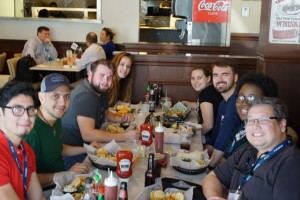
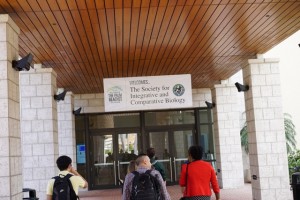
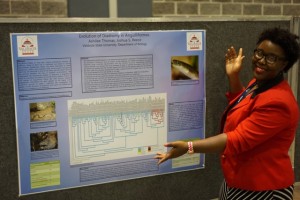
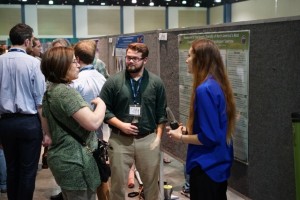
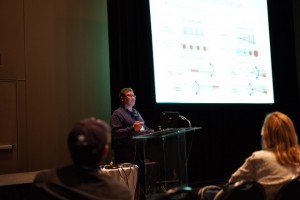
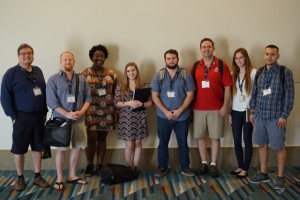
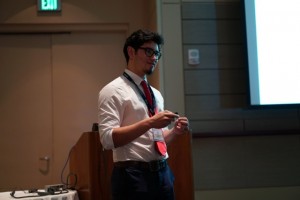

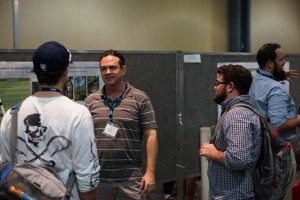
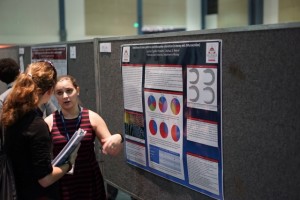

Dr. Reece taught the inaugural version of his Coastal Biodiversity (BIOL 4020/6020) course this summer. Thirteen students participated in this course, which focused on the coastal ecosystems of Florida and Georgia. This was primarily a field course, and the class visited Sapelo Island (a barrier island in Georgia), Florida’s gulf coast springs and beaches, Seahorse Key (Gulf of Mexico), Key Largo for snorkeling and diving in coastal marine environments, Everglades National Park, the premier nesting beach for loggerhead turtles in Melbourne Beach, Florida, and the Matanzas region of North Florida. In addition to field experiences in coastal ecosystems, students focused on understanding how past climate change and sea-level rise has affected these systems, and how the current pattern of accelerated anthropogenic climate change is and is likely to continue to affect these systems. Dr. Reece plans to teach this class in future Maymesters.
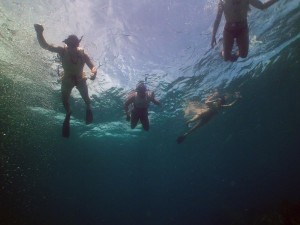

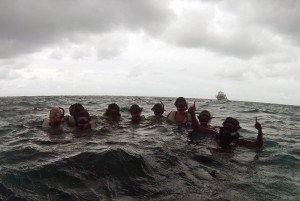

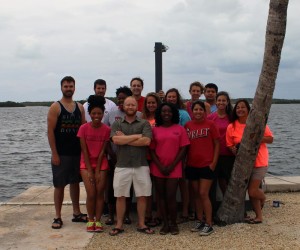
Dr. Reece was recently featured on People Behind the Science.
Dr. Reece recently earned an award for best presentation.
Dr. Reece was recently featured for his work on climate change and sea level rise.
Undergraduate Erika Schumacher recently was awarded student employee of the year at Valdosta State University.
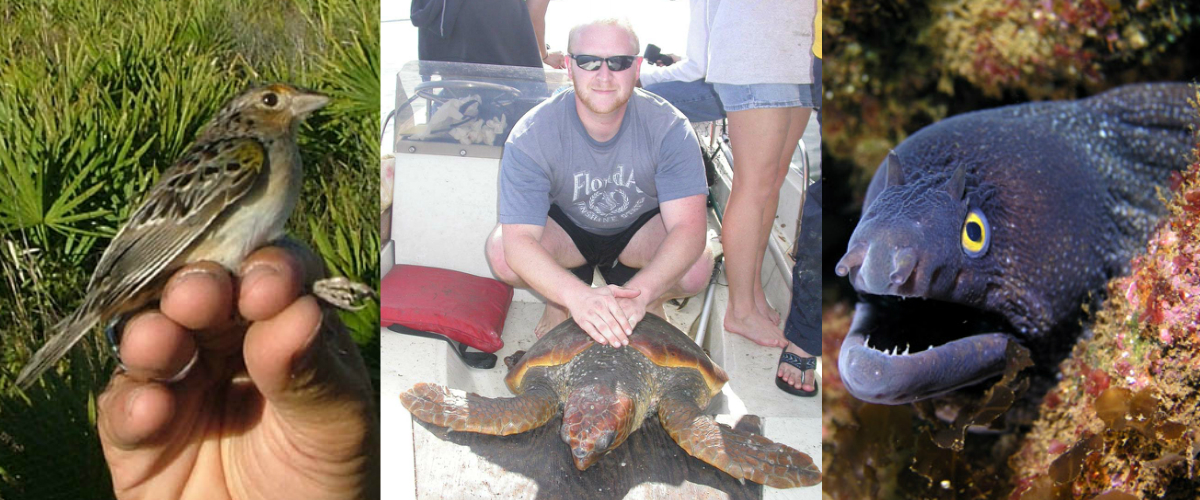
















Leave a Reply
You must be logged in to post a comment.